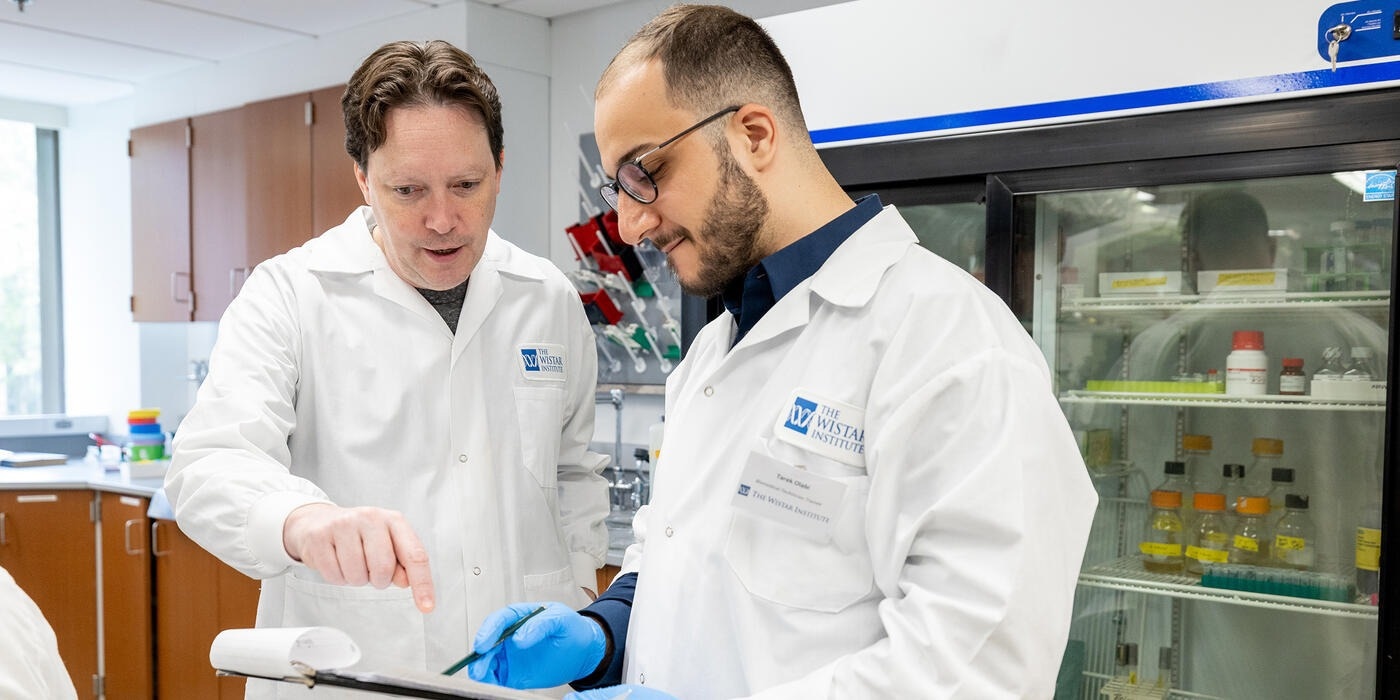In the United States, around 1.2 million people are living with HIV as of 2022. Many of these people can now live productive, symptom-free lives thanks to antiretroviral therapies, but a solution that permanently removes HIV from an infected person’s body is still a long way off.

Image Credit: The Wistar Institute.
However, scientists at The Wistar Institute, a world leader in cancer, immunology, infectious disease, and vaccine development, have identified a potential compound that targets HIV reservoirs that remain in persons living with HIV despite anti-HIV therapy.
Wistar Institute research discovered hopeaphenol, a natural plant-based compound, as having antiviral capabilities that are efficient against HIV in a recent report published in Antimicrobial Agents and Chemotherapy.
Particularly, the compound aids in the inhibition of not just viral replication but also the reactivation of the “viral reservoir” within human immune cells that remains after anti-HIV therapy and can produce new viruses at any moment, even while patients are undergoing ART and have no viral symptoms.
This is important because anti-HIV therapy can stop the symptoms, but it doesn’t eliminate the potential of the underlying HIV reservoir from re-emerging. The virus is still there and still a little bit active—kind of rumbling and turning on—and the immune system is stressed about that.”
Ian Tietjen, Study Lead Author and Research Assistant Professor, The Wistar Institute
Ian Tietjen is a Professor at the laboratory of Luis Montaner, D.V.M., DPhil., senior author, in Wistar’s Vaccine & Immunotherapy Center.
Tietjen emphasized that continuous HIV expression can stress immune cells even in the presence of anti-HIV therapy, which has been related to inflammation and an increased risk of malignancies, metabolic disease, heart disease, and other disorders associated with advanced aging in HIV patients.
So, we think that something like hopeaphenol, which we’ve identified, could prevent the HIV reservoir from reactivating— reducing stress on the immune system and potentially decreasing these age-related conditions.”
Ian Tietjen, Study Lead Author and Research Assistant Professor, The Wistar Institute
Tietjen found hopeaphenol’s ability to decrease HIV expression by initially examining 512 chemicals. Because hopeaphenol appeared to be the most active, they conducted more testing. They were able to validate their results and examine how the chemical worked with the assistance of students from Cheyney University and Philadelphia area high school students participating in Wistar’s Education and Training Programs.
The researchers then carried out two tests to illustrate hopeaphenol’s therapeutic potential against HIV.
Tietjen and his coworkers extracted lymphocytes, or white blood cells, from human blood and infected those cells with HIV in the lab in the first experiment. They allowed the virus to proliferate before treating the infected cells with hopeaphenol. The virus ceased multiplying after treatment.
In the second experiment, the investigators separated CD4+ T cells—also known as “helper T-cells”—from many persons living with HIV who were receiving anti-HIV therapy and divided them into two groups.
One group of helper T-cells was pre-treated with hopeaphenol, while the other (control) group was not. The cells with viral reservoirs were then stimulated by Tietjen and his co-workers to begin generating the virus. They discovered that pre-treatment with hopeaphenol lowered viral generation, indicating that hopeaphenol could attenuate viral reactivation.
These observations suggest to us that hopeaphenol, in addition to just stopping active replication and spread, might also help silence the HIV reservoir by inhibiting viral reactivation not otherwise accomplished by current anti-HIV medicines.”
Ian Tietjen, Study Lead Author and Research Assistant Professor, The Wistar Institute
Earlier studies have shown hopeaphenol is well tolerated in animal models, and since it can be generated from a wide range of plants, its isolation can be simply scaled up. Tietjen is optimistic that hopeaphenol may eventually contribute to a better quality of life for HIV patients, based on these characteristics and the findings of his study, however, further research is required before it can be tried in humans.
“I think in time it could become a promising additive on top of existing antiretrovirals as a more potent anti-HIV therapy,” Tietjen concluded.
Source:
Journal reference:
Tietjen, I., et al. (2023). The Natural Stilbenoid (–)-Hopeaphenol Inhibits HIV Transcription by Targeting Both PKC and NF-κB Signaling and Cyclin-Dependent Kinase 9. Antimicrobial Agents and Chemotherapy. https://doi.org/10.1128/aac.01600-22.